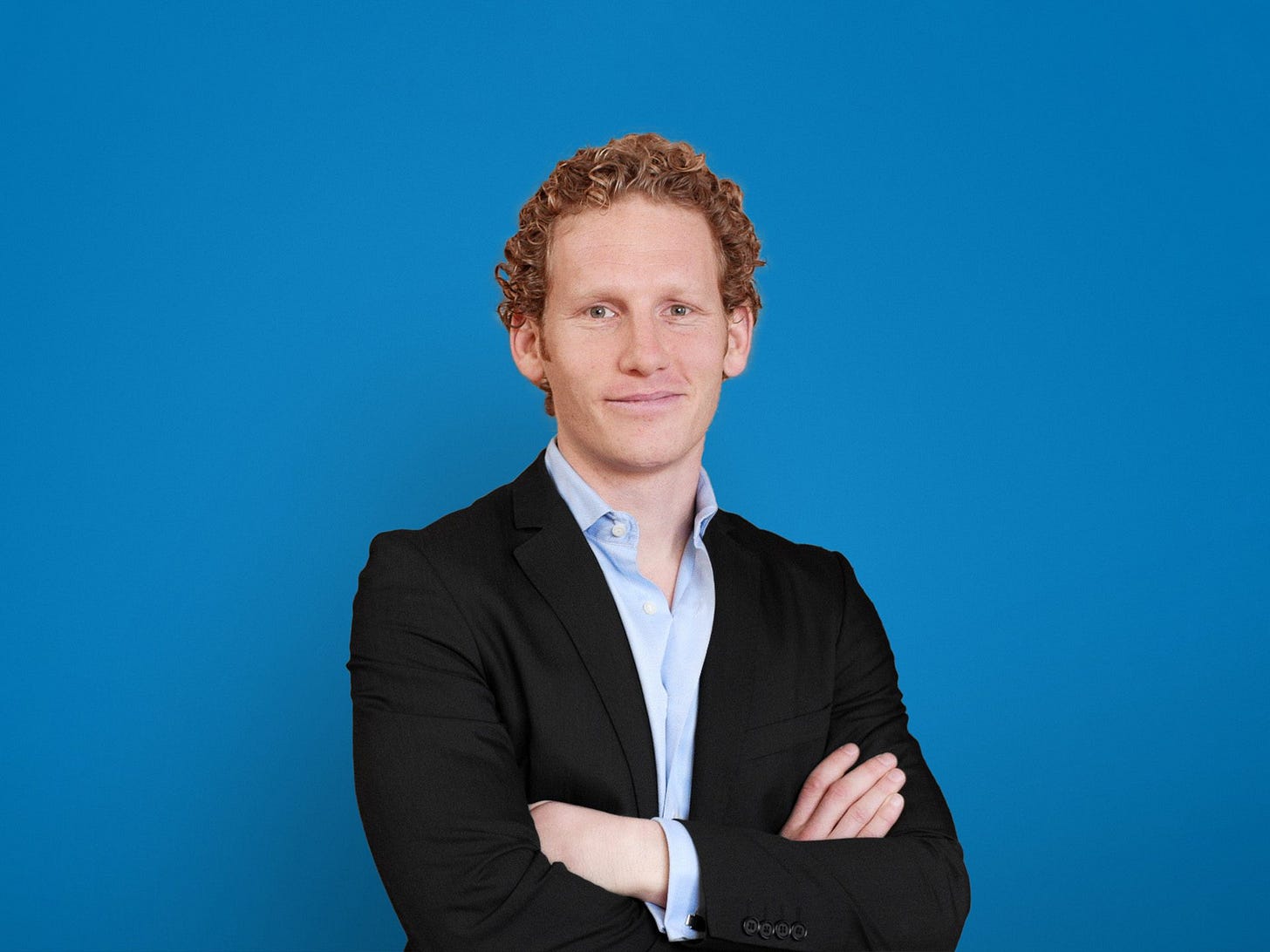Simply Becoming a Better Persuader
A consistent small change in communication can help you get more agreement
Who doesn’t want to be more persuasive. I’m sure there are some people who do a bang-up job already yet most of us, I surmise, would enjoy being stronger persuaders.
There is an short, 6-minute video on the Big Think channel on YouTube (you will find it within this article) that spoke interestingly to this topic.
“Subtle shifts can have such a big impact,” says Jonah Berger, a professor at the Wharton School of the University of Pennsylvania, an author of four books (Magic Words, The Catalyst, Invisible Influence and Contagious) and a viral marketer.
Berger has published 50-plus articles in academic journals and additionally been published in The New York Times, The Wall Street Journal and Harvard Business Review.
His primary point in the video mentioned above that I’d like to focus on here is, "adding a couple of letters at the end of a word can increase the likelihood that people will do what you ask them."
That seems valuable, no?
It also seems, at first listen, to be a claim that is overly simplistic and a gross overstatement. Preposterous even.
Maybe it won’t work for you, me and us in practice. Maybe it’s more theory than evidence, proof and credible advisory. I don’t want to decide for you though, so see what you think yourself. Berger, by all accounts, seems highly credible.
Yes, credible people are fallible too, despite what we’re expected to believe. Let’s however courteously give him a chance to explain.
"The difference between asking someone to help and asking for someone to be a helper is 'infinitesimally small.' It's adding two letters at the end of the word ‘help,’” Berger says. "Yet those two letters led to about a 50-percent increase in people's likelihood of helping."
"The difference between ‘vote’ and ‘voter’ is infinitesimally small. Just one letter in this case. Yet that one letter led to a 15-percent increase in people's likelihood of turning out at the polls."
Curious, no? It begs some form of the question, why is that or how does that work?
"By turning actions into identities (who people are or you want them to be) we can make people much more likely to engage in those desired actions."
That means by changing our communication focus for asking someone to do something (verb) we can instead help people hopefully identify as the person who performs the action (identity). Once that concept becomes clear to us, it becomes a simple adjustment and approach to apply consistently and test to see if we too gain a noticeable increase in our influence.
That was the main point I wanted to communicate today yet not the only one that Berger taught. Let’s move on.
"Another way to get people to listen is by showing confidence,” Berger says, because certainty makes people more persuasive. "The language of confidence can increase the likelihood that other people do what you ask them."
If you believe it, you’ve experienced or otherwise witnessed it. If you are unsure, Berger uses Donald Trump — like, love or hate him — as an example. His confidence is persuasive. He speaks with certainty and gets people’s attention.
Finally, Berger talks about the importance of cleaning up our speech, eliminating the filler words many of us resort to when speaking.
"Just try pausing instead,” he says. “We all need time to think but great speakers often pause rather than filling in those blanks with ‘ums’ and ‘uhs.’"
This time, he uses Barack Obama as an example. You can find it at the 5:12 mark of the video (and the end of it at the 5:33 mark). It’s a strong exhibit of what Berger says.
Becoming a stronger persuader is possible in different ways, some not mentioned here and some techniques that he recommends as inroads to becoming more effective communicating and gaining acceptance and receptiveness.
Communication Intelligence, the Newsletter is brought to you by the publisher of Communication Intelligence magazine.
To become a subscriber of Communication Intelligence, the Newsletter — free or paid, whatever works best for you — you can click on box below.
Want to promote yourself and your business in Communication Intelligence, the Newsletter? Contact me at comm.intel.newsletter@gmail.com and communicate your value and offering — $300 for an attractive color ad in one issue, $500 for two issues (I’ll put two ads of yours in one post for $600) or choose $2,000 a month (you get an attractive color ad placement in every new article during that time).






